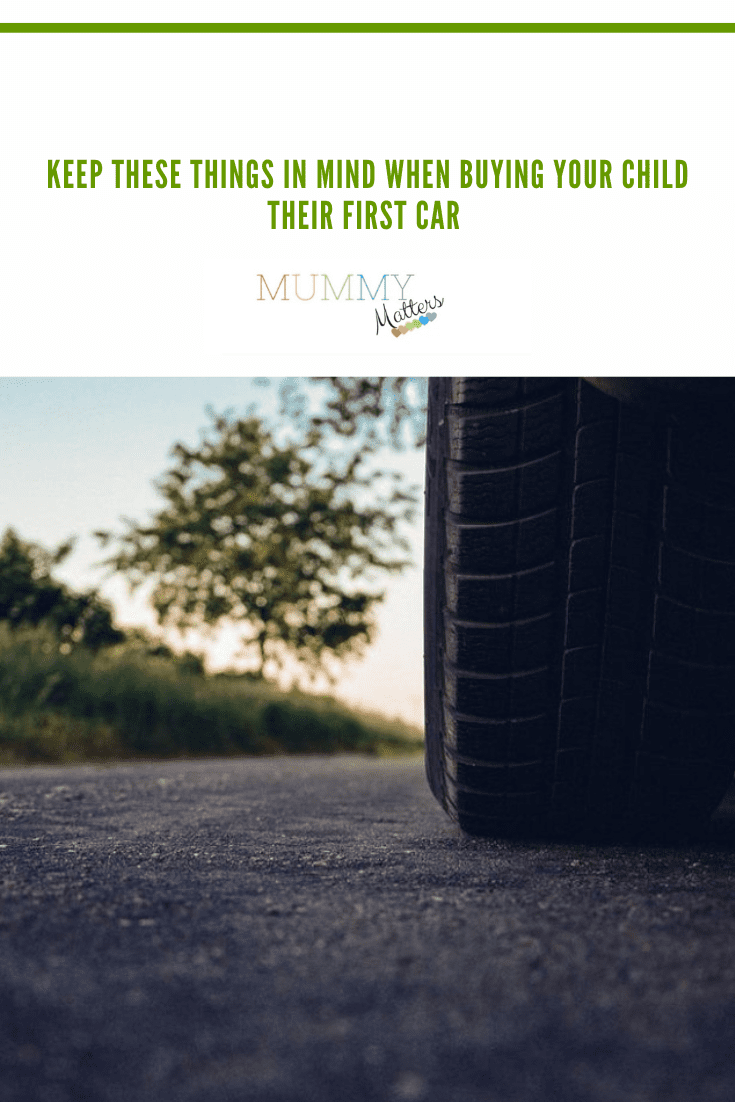When it comes to finding the perfect car for your child, there are a few things you need to keep in mind. You want something safe and reliable, but you also want something your child will be happy with. Here are seven tips for finding the perfect car for your kid.
1. Set a budget
You need to clearly understand how much you’re willing to spend on your child’s first car. Once you know your budget, you can start looking at specific models that fall within your price range. If you’re looking at a maplewood toyota that’s going for $20,000, then you know you need to adjust your budget accordingly. Similarly, if you’re looking at a used car that will only cost you $5,000, then you know you have some extra wiggle room in your budget.
Remember that you’ll also need to factor in insurance, gas, and maintenance costs. These costs can add up quickly, so consider them when setting your budget. For example, if you’re only willing to spend $300 per month on your child’s car, you need to find a model that won’t cost more than $3,600 per year to insure.
2. Do your research
Once you have a budget in mind, it’s time to start doing your research. You can begin by looking at different car models online and reading reviews. This will give you a good idea of what each car has to offer regarding features and safety. It’s also a good idea to talk to friends or family members who have kids about the cars they drive. They may be able to offer some insight that you didn’t consider.
Plus, don’t forget to check out the safety ratings for each car you’re considering. This is one of the most important factors to consider when choosing a car for your child. You can find safety ratings on sites like the National Highway Traffic Safety Administration or the Insurance Institute for Highway Safety.
3. Consider fuel efficiency
Fuel efficiency is another important consideration when choosing a car for your child. Not only will it save you money at the pump, but it will also be better for the environment. If you’re unsure how fuel efficient a particular car is, you can check the EPA’s Fuel Economy website.
For example, if you’re looking at a Toyota Camry that gets 24 mpg in the city and 34 mpg on the highway, then you know it’s a relatively fuel-efficient car. On the other hand, if you’re looking at a gas-guzzling SUV that only gets 16 mpg in the city and 22 mpg on the highway, then you know it’s not the most fuel-efficient option.
4. Consider the size
The size of the car is also an important consideration. You want to make sure it’s big enough to fit your child and all of their things comfortably, but you don’t want it to be so big that it’s difficult to manoeuvre. For example, a compact car might be the best option if you have a small child. But if your child is taller or has a lot of things to transport, a larger sedan or SUV might be a better choice.
Keep in mind that the size of the car will also affect the price. In general, larger cars are more expensive than smaller ones.
5. Choose the right features
When choosing the right car for your child, you’ll also need to decide which features are most important. For example, some parents might prioritize safety features like airbags and anti-lock brakes. Others might prioritize features like Bluetooth and a sunroof. And still, others might want a car that’s equipped with the latest technology, like lane keeping assistance and automatic brake assist.
Think about which features are most important to you and your child and use that as a guide when choosing a car.
6. Test drive the car
Once you’ve narrowed down your options, it’s time to take each one for a test drive. This is the only way to get a feel for how the car drives and whether or not it’s the right fit for your child.
When test driving, be sure to pay attention to the size of the car, how well it handles, and how comfortable the seats are. You should also ensure that your child can reach the pedals and see out the windows properly.
In addition, be sure to take note of any strange noises or smells you notice while driving. These could be signs of potential problems down the road. For example, a strange noise could indicate that the car needs new brakes.
7. Have a mechanic inspect the car
Before you buy a used car, it’s always a good idea to have a mechanic inspect it first. This way, you can be sure that the car is in good condition and that there are no hidden problems.
If you don’t know a mechanic, you can ask a friend or family member for a recommendation. Once you’ve found someone, schedule an appointment and take the car to them for an inspection.
Additionally, if you’re buying a car from a dealership, they should be able to provide you with a vehicle history report. This report will show you any previous problems with the car that have been reported.
When choosing a car for your child, there are many things to consider. In addition to safety ratings, fuel efficiency, and size, you’ll also need to consider which features are most important to you and your child. And don’t forget to take the car for a test drive before making your decision! Remember these things when choosing a car for your child, and you’re sure to find the perfect one. The bottom line is that you want your child to be safe and comfortable driving, so do your research before purchasing.

